
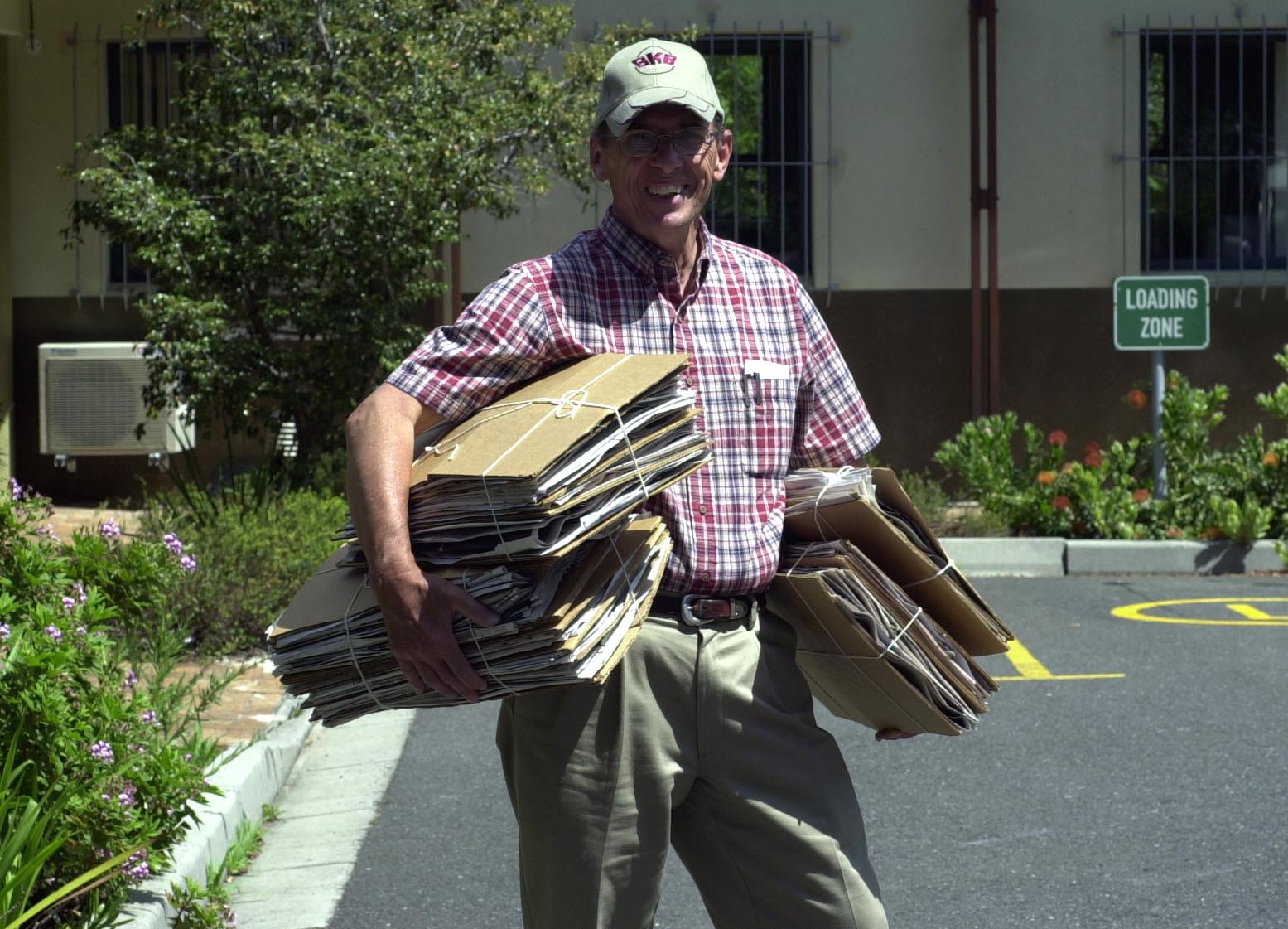
|
 South Africa October 2007 South Africa October 2007PI Schuh, Co-PI Cassis and Field Assistant Massie spent more than three weeks doing field work in South Africa. They stopped at 40 localities, collected 100 host plants and around 5000 bugs in the Eastern and Western Cape Provinces.
|
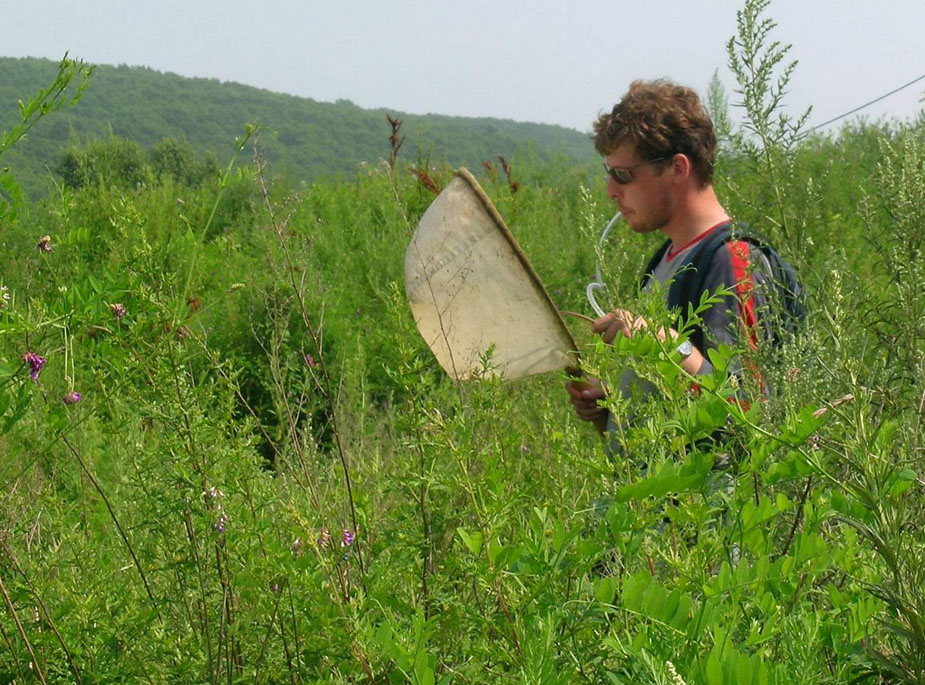
|
 Russian Far East August 2006 Russian Far East August 2006Post Doc Konstantinov spent three weeks doing field work in the Russian Far East with Assistants Anna and Alex. They concentrated their work on the Lazovsky Nature Reserve, vicinity of Ussuriysk and southern part of the region, adjacent to North Korea. This expedition produced a large number of specimens partly preserved in alcohol for DNA sequencing.
|
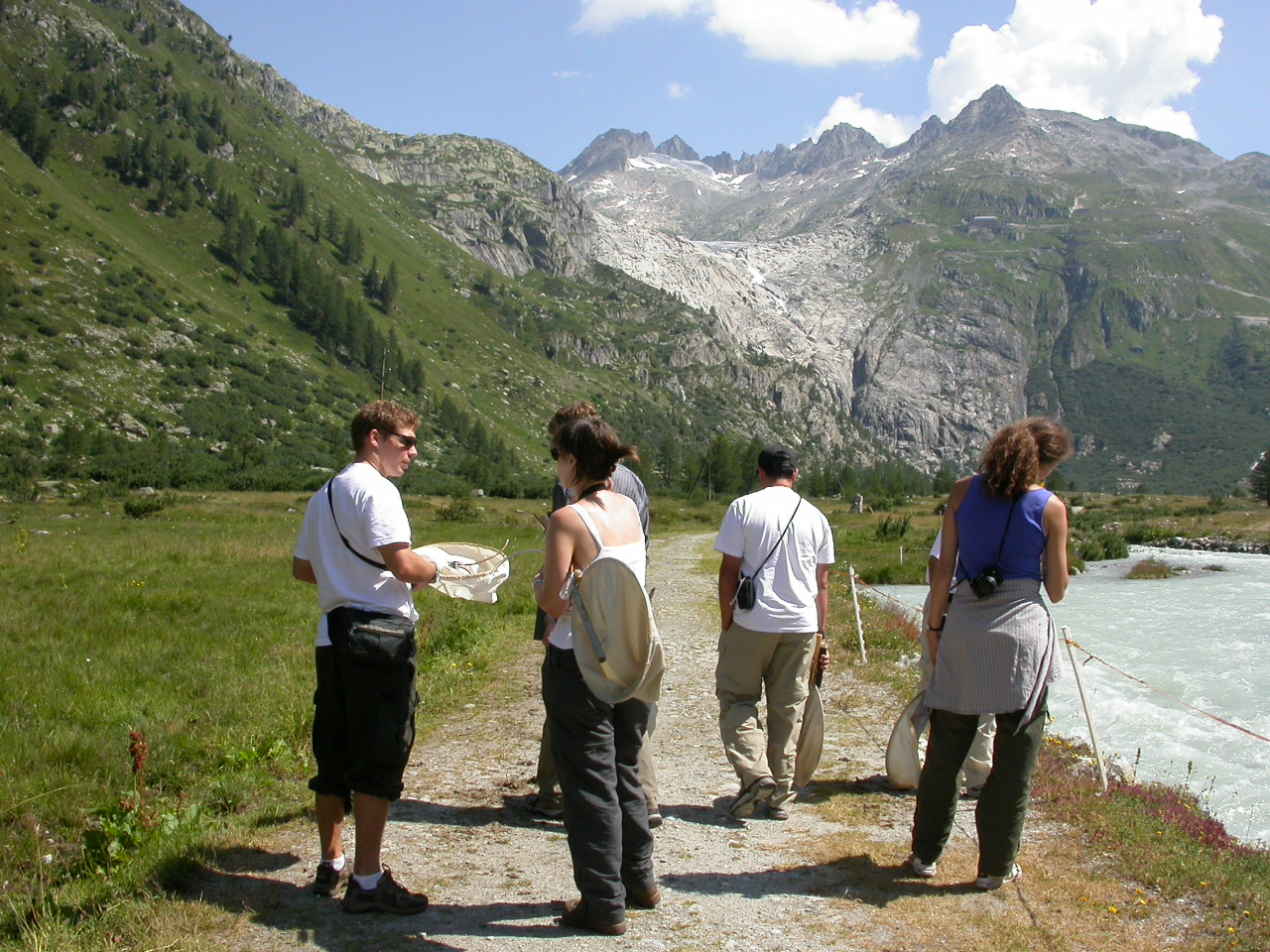
|
 Switzerland July 2006 Switzerland July 2006While the PBI participants were meeting in Switzerland, they took a field trip to the Swiss Alps. This was a great training opportunity and team building experience.
|
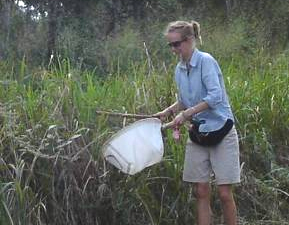
|
 Far North Queensland, Australia, May/June 2006 Far North Queensland, Australia, May/June 2006Plant bugs were sampled from 182 host plants at 65 localities on this trip. The great majority of species collected belong to the nominotypical tribe of Orthotylinae and the Zanchius group of genera. The first records of the Orthotylinae: Falconia group for Australia were made. All host plants from this trip have been identified to species. The material has been mounted.
|
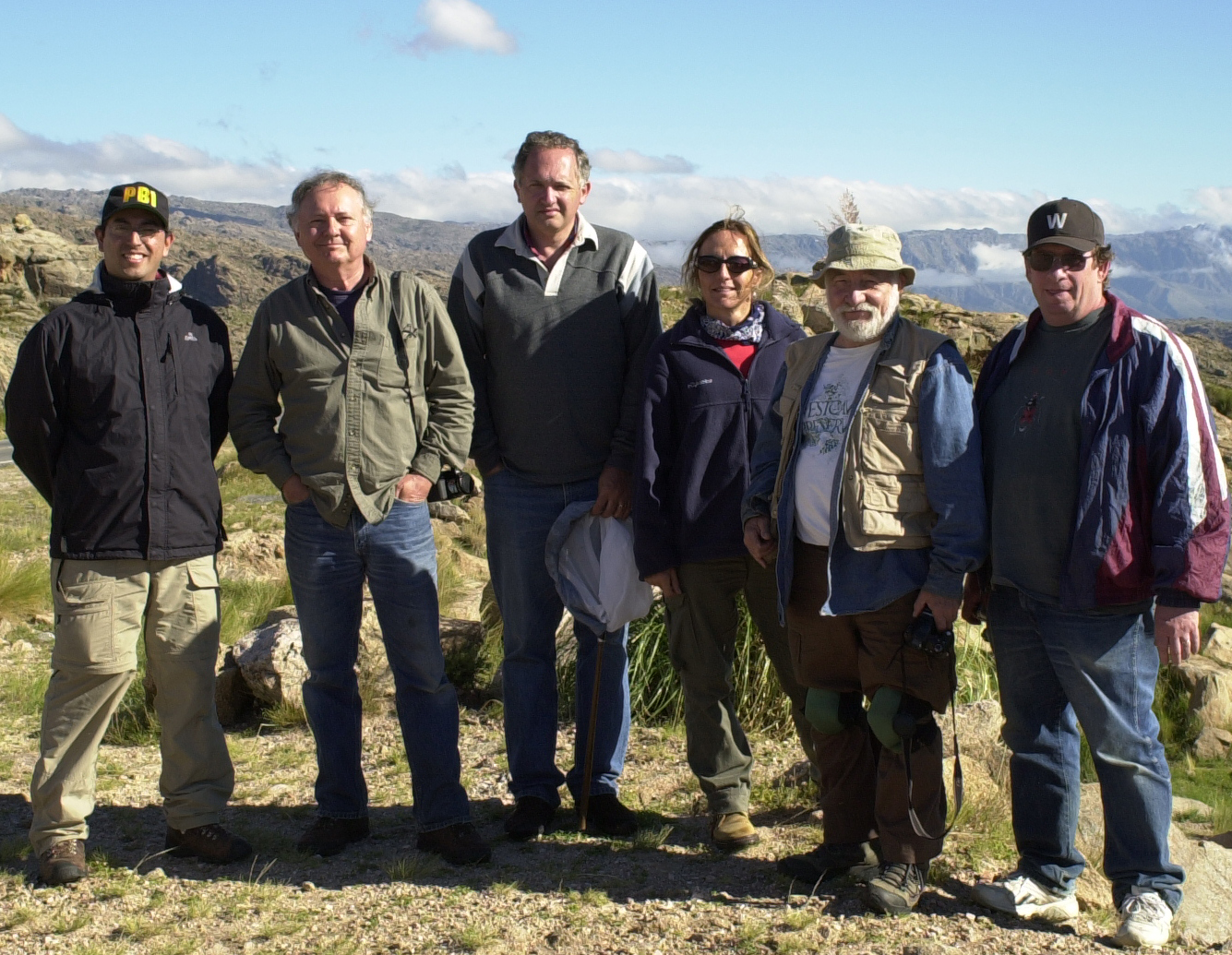
|
 Argentina Feb/Mar 2006 Argentina Feb/Mar 2006PhD Candidtae Dimitri Forero and Senior Scientist Thomas Henry went collecting in Argentina with a team of other scientists. This was a great training opportunity for Dimitri and to collect specimens for the project.
|
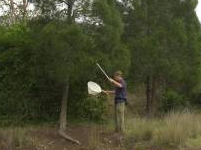
|
 New South Wales, Australia, 2005 New South Wales, Australia, 2005Undergraduate student Celia Symonds undertook a number of small collecting trips to sample as many Callitris species as possible for the Orthotyline Mirids found on this host plant.
|
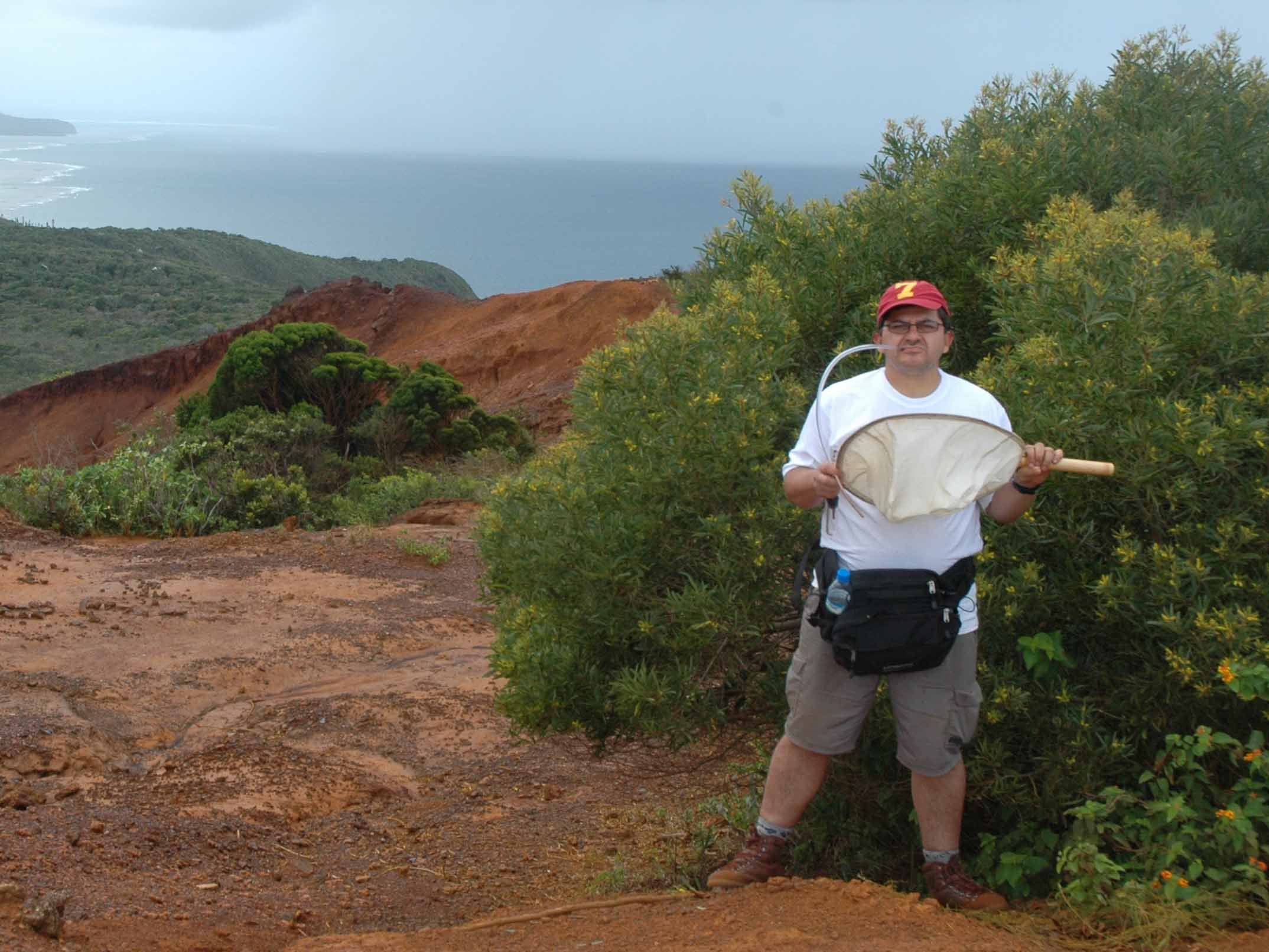
|
 New Caledonia, April/May 2005 New Caledonia, April/May 2005Although New Caledonia is known for the relictual nature of certain elements of its biota, knowledge of Miridae is still fragmentary and based primarily on members of the subfamily Cylapinae. No host documented material exists for the island, a situation that PBI participants coPI Cassis, postdoc Wall, and doctoral candidate Tatarnic attempted to rectify.
|
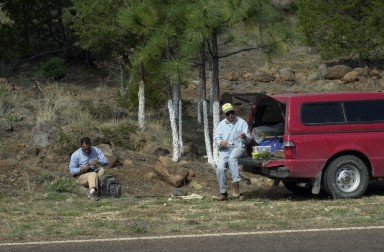
|
 Mexico, April/May 2005 Mexico, April/May 2005Diversity of Miridae in Mexico still remains poorly sampled. To that end Senior Scientist Michael Schwartz and postdoc Christiane Weirauch collected in the northern states of Chihuahua and Sonora to improve our understanding of this area and it's relationship to the true North American fauna. |
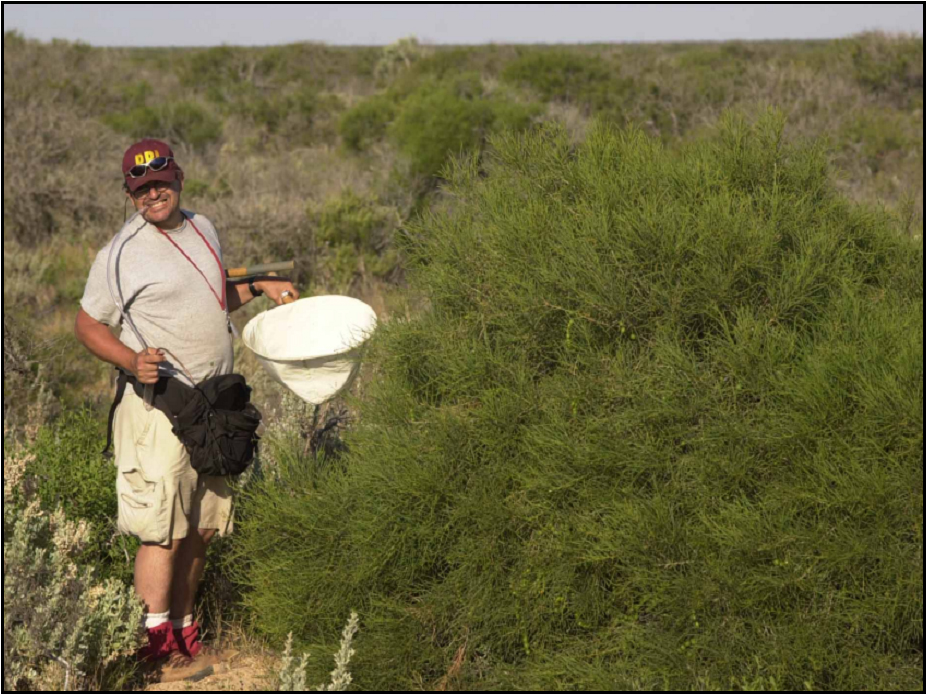
|
 Western Australia, Australia, October/November 2004 Western Australia, Australia, October/November 2004A PBI team of 6 individuals–continuing the thrust of three prior field trips to Western Australia by coPI Cassis and PI Schuh–conducted a three-week expedition from Perth to the Shark Bay area and Cape Range National Park. As testimony to legendary floristic diversity of the area, the PBI participants pressed 325 host plant vouchers. |
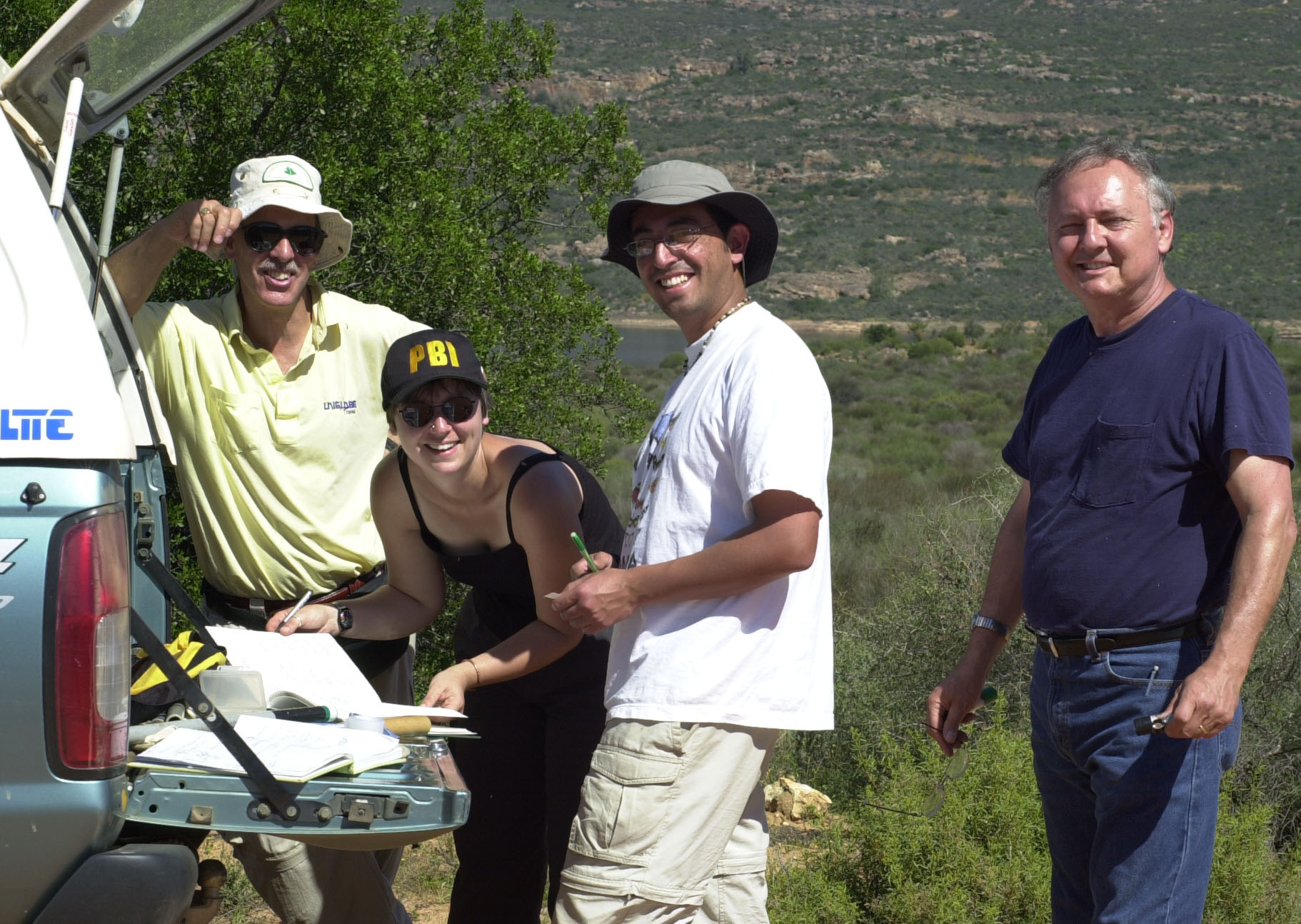
|
 South Africa, September 2004 South Africa, September 2004Following up on the successful expedition to South Africa by Schuh, Cassis, and Weirauch in 2003, PI Schuh returned to Namaqualand for two weeks in the early spring, with Senior Scientists Henry and Schwartz, postdoc Wyniger, and doctoral candidate Forero to extend the sampling of Namaqualand from both a temporal and geographic perspective. Because most logistical issues were resolved in 2003, the team was in the field with 36 hours of arriving in South Africa. Miridae diversity was high at many sites and the PBI team collected and documented hosts for many species that were not encountered during 2003. |
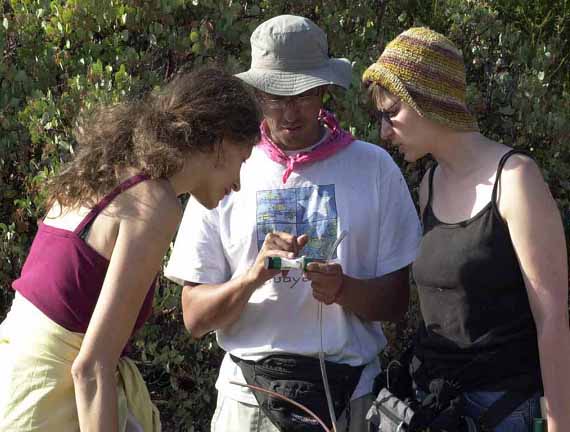
|
 California, USA, May 2004 California, USA, May 2004California, if not showing greatest species-level diversity, unquestionably possesses a greater number of endemic taxa of Miridae than any other US state. With this in mind PI Schuh, coPI Cassis, senior scientist Schwartz, postdocs Weirauch and Wyniger, and doctoral candidate Forero spent two intensive weeks doing field work during the height of the flowering season. They concentrated on the western Mojave Desert in the vicinity of Palmdale/Lancaster and the western slopes of the Sierra Nevada Mountains, areas thought particularly to be in need of additional sampling because of the very limited specimen representation in existing collections. This expedition produced a very large number of specimens of target organisms, documented hosts and distributions, and offered intensive training in doing cooperative field work in the course of project objectives. [see also information under Museum Visits] |
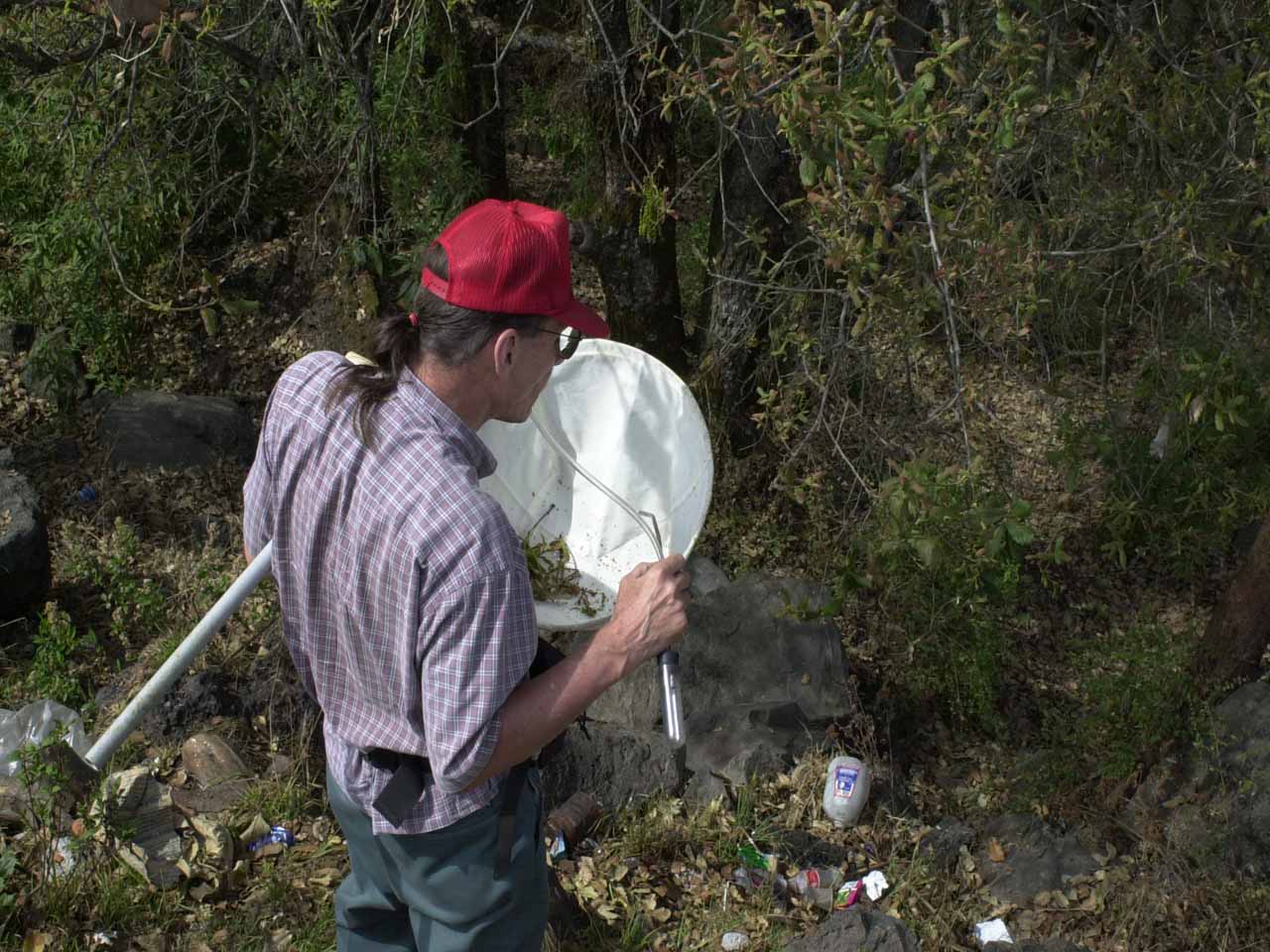
|
 Mexico, March 2004 Mexico, March 2004PI Randall Schuh–also with support from Mexican colleagues Harry Brailovsky and Ernesto Barrera, Instituto de Biologia, UNAM, Mexico City, and Luis Cervantes, Instituto de Ecologia, Xalapa–conducted two weeks of intensive investigation of the plant bug fauna associated with oaks at the approximate latitude of Mexico City. During this period PI Schuh collected approximately 1500 specimens on oak species, among other host plants. Although March may not represent the peak of flowering for oaks in the general region, some species are known to flower only at that time. |
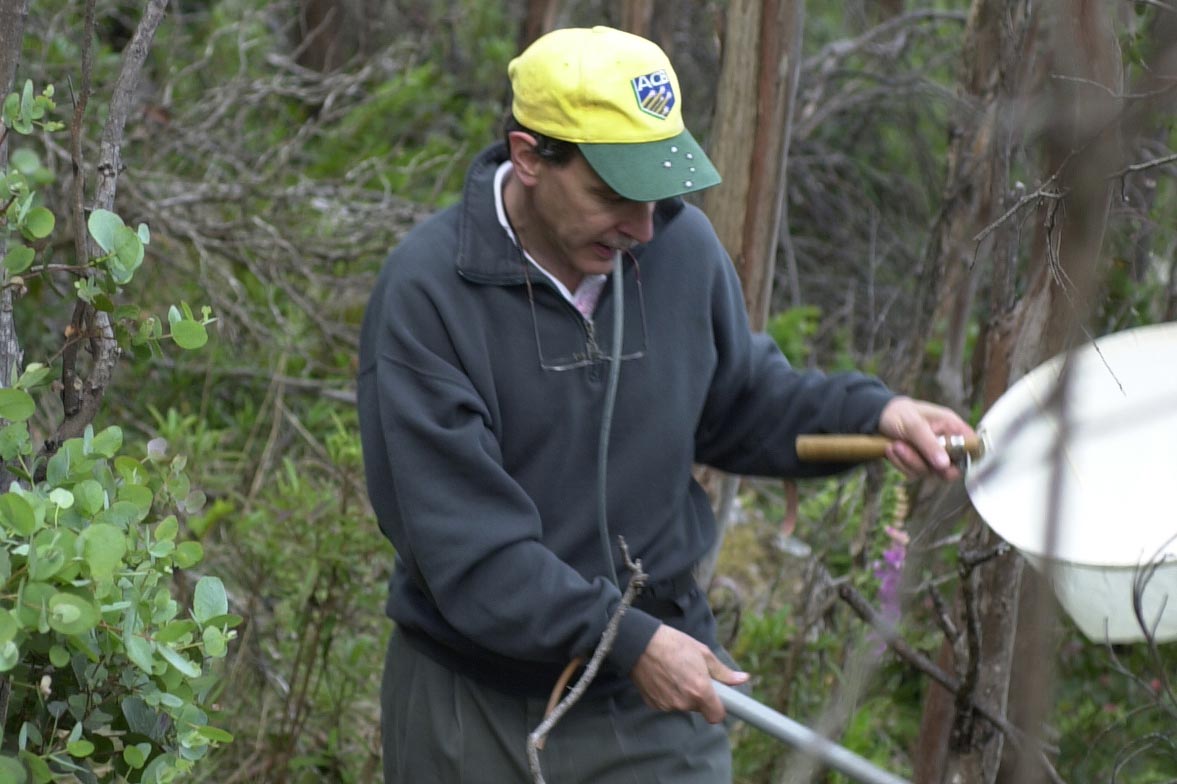
|
 Tasmania, Australia, January 2004 Tasmania, Australia, January 2004In an effort to further document the fauna of this large island, and to use the Miridae as a test of its southern faunal connections, senior scientist Michael Schwartz and North Dakota State University PhD student Paul Tinerella spent two weeks documenting Miridae diversity during the summer period. This trip served as a temporal complement to two weeks of intensive sampling conducted by Schuh, Cassis, and Schwartz in November 2002. |
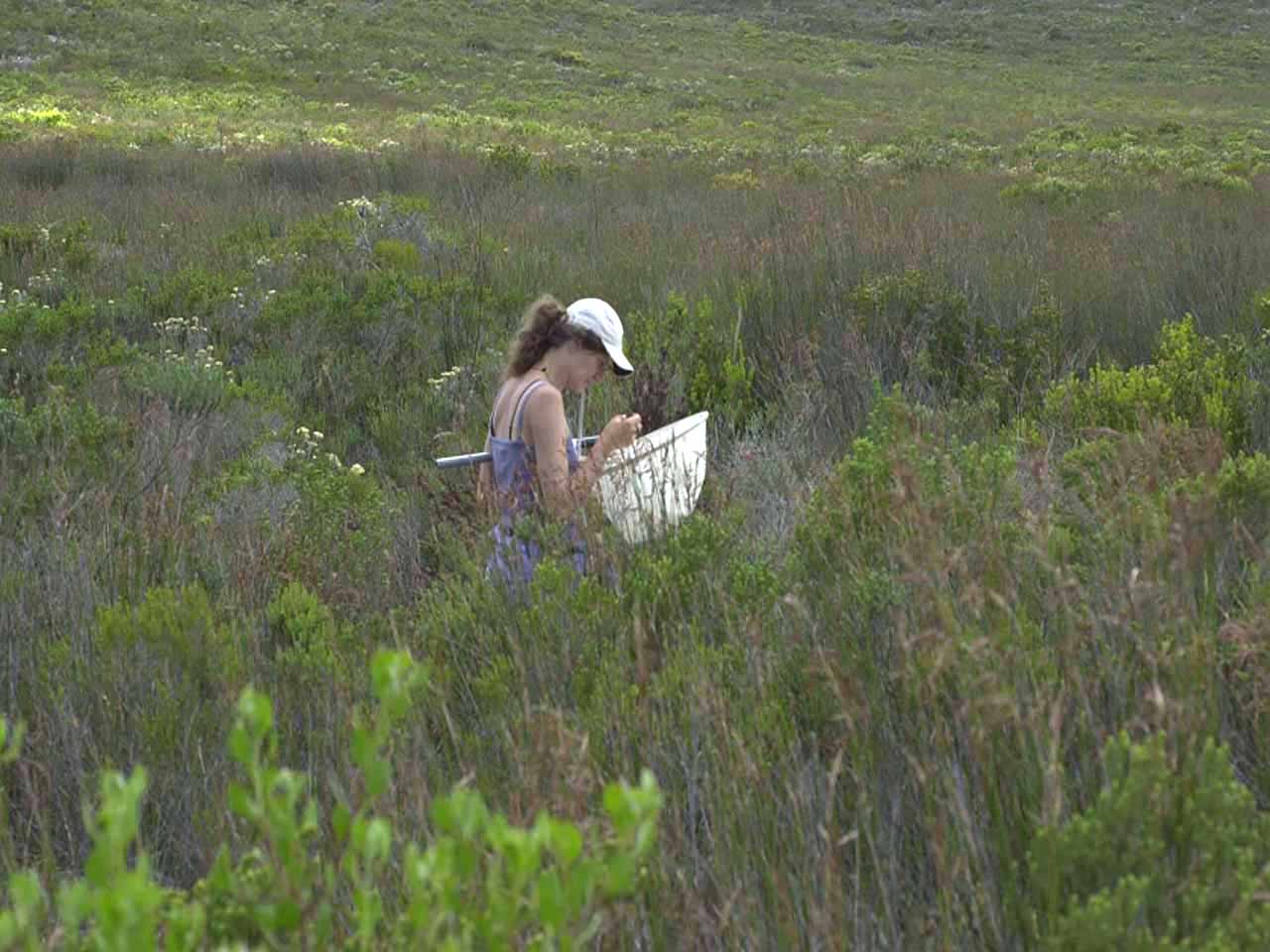
|
 South Africa, October/November 2003 South Africa, October/November 2003As argued in the original PBI proposal to the National Science Foundation, high plant-species diversity in the Western Cape and Namaqualand regions of South Africa argue for further investigation of Miridae diversity in these areas. PI Schuh, coPI Gerry Cassis, and Postdoctoral Fellow Christiane Weirauch committed nearly one month to further investigation of this thesis. Their efforts proved to be particularly productive in Namaqualand and the Little Karoo, where they greatly improved sampling in genera such as Eminoculus and Karoocapsus, as well as in the collection of a large number of yet undescribed taxa. This expedition introduced postdoc Weirauch to the fieldwork in Africa and more particularly to the specialized collecting of Miridae and the documentation of xerophytic hosts. |
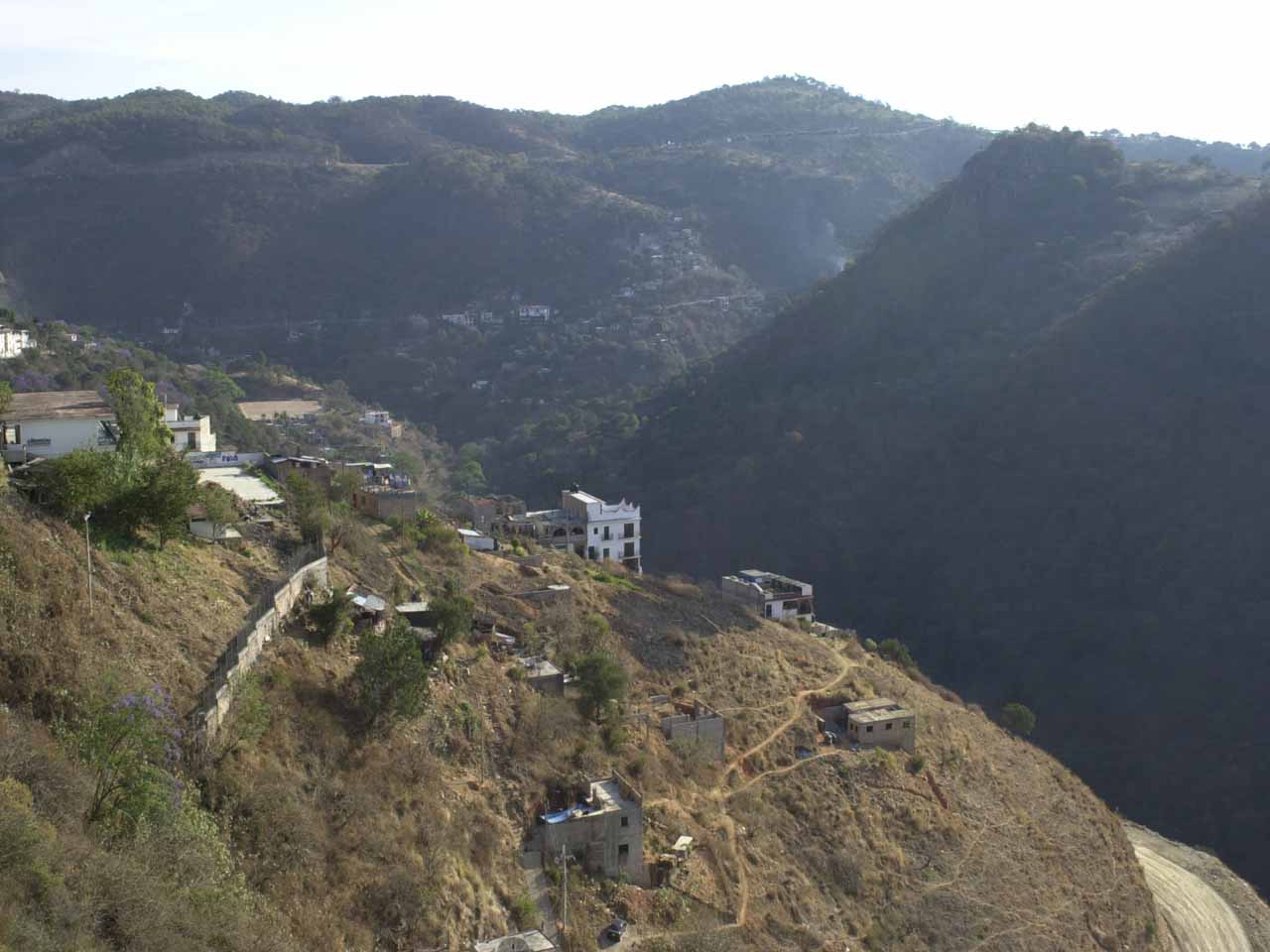
|
Mexico, November 2003 Senior Scientist Thomas J. Henry–with support from Mexican colleagues Harry Brailovsky and Ernesto Barrera, Instituto de Biologia, UNAM, Mexico City, and Luis Cervantes, Instituto de Ecologia, Xalapa–devoted two weeks collecting Miridae in the biotically rich areas surrounding Mexico City. Such sampling is designed to increase knowledge of diversity and distributions in speciose genera such as Reuteroscopus and Atractotomus as well as other poorly known groups endemic to Mexico. |